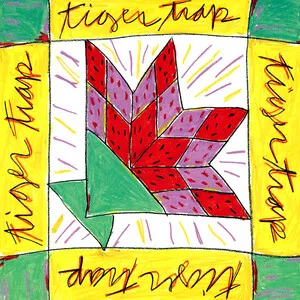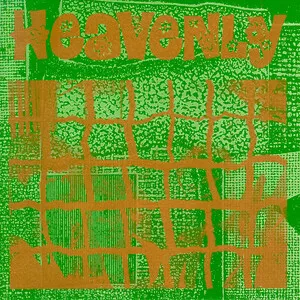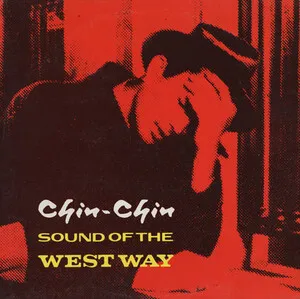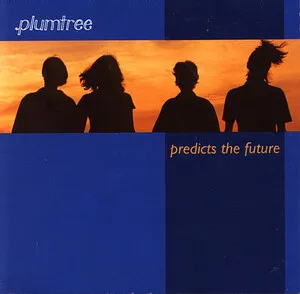Cuddlecore is a sweetly melodic, DIY offshoot of indie pop and twee pop that embraces punk’s energy while favoring tender vocals, jangly guitars, and unabashedly cute themes.
It typically features short, catchy songs recorded with lo-fi aesthetics, leaning on simple chord progressions, bright harmonies, and handclap-friendly hooks. The mood is playful and heartfelt rather than aggressive, often centering on crushes, friendship, pets, and everyday joys.
Coined and popularized in the early 1990s—most famously by Vancouver band cub—the term captures a style that merges the fuzzy charm of small-amp punk with the soft, cuddly sensibility of Sarah Records-era indie pop.
The term "cuddlecore" emerged in the early 1990s, closely associated with the Vancouver, Canada trio cub, who used it to describe their mix of punk’s immediacy and twee pop’s gentle tunefulness. Their songs—short, fuzzy, and irresistibly melodic—helped define the sound and ethos. At the same time, parallel scenes in the US Pacific Northwest and California were nurturing similarly sweet, DIY indie pop on labels like K Records (Olympia), Slumberland (Bay Area), Lookout! (Berkeley), and Mint Records (Vancouver).
While never a large umbrella, cuddlecore became a recognizable micro-genre within 1990s indie. Bands such as Tiger Trap, Go Sailor, Heavenly, and The Softies favored jangly guitars, bashful lyrics, and lo-fi textures. The community ethos was inclusive, zine-friendly, and often female-led, overlapping with indie pop and sometimes brushing against riot grrrl-adjacent DIY networks, though sonically it stayed softer and more sugar-rush than confrontational.
By the late 1990s, many key bands had split or evolved, but the cuddlecore feel—DIY recording, bright melodies, and earnest, unguarded lyrics—echoed through later indie pop, Portland/PNW scenes, and the growth of home-recorded pop. Its spirit can be heard in parts of early-2000s indie and, more broadly, in the acceptance of tender, lo-fi aesthetics within guitar pop.








